How does one define a secret sauce? I would venture that it could be argued as the main component of a dish. At its core, a Big Mac is really just a simple, basic burger without its objectively tasty sauce that helped make it probably the best burger of all time. Do we really go to Raising Cane’s for the cubed ice, Louisiana chicken and crinkle cut fries—all good, no doubt—or do we go for the Cane’s sauce? I propose the latter. The common motif of the “Secret Sauce” series is to dive into the Big Mac or Cane’s sauce of the specific golf courses I see fit to discuss in greater detail. This site has numerous course profiles available to read hole-by-hole reviews, but sometimes, courses deserve more discourse; more content to dive into what makes them special and notable. This series has seen Lookout Point, Grand-Mere, Tarandowah, and Victoria explored for their various intricate specialities: Lookout for its balancing act between the Niagara Escarpment and its Walter Travis greens; Grand-Mere for, well, everything, but mostly for Travis and Alison working in cohesion to deliver a final product; Tarandowah for its green surrounds & complexes, which creates a unique playing experience each time; and Victoria, for somehow finding a way to play on a much grander scale than its limited acreage.
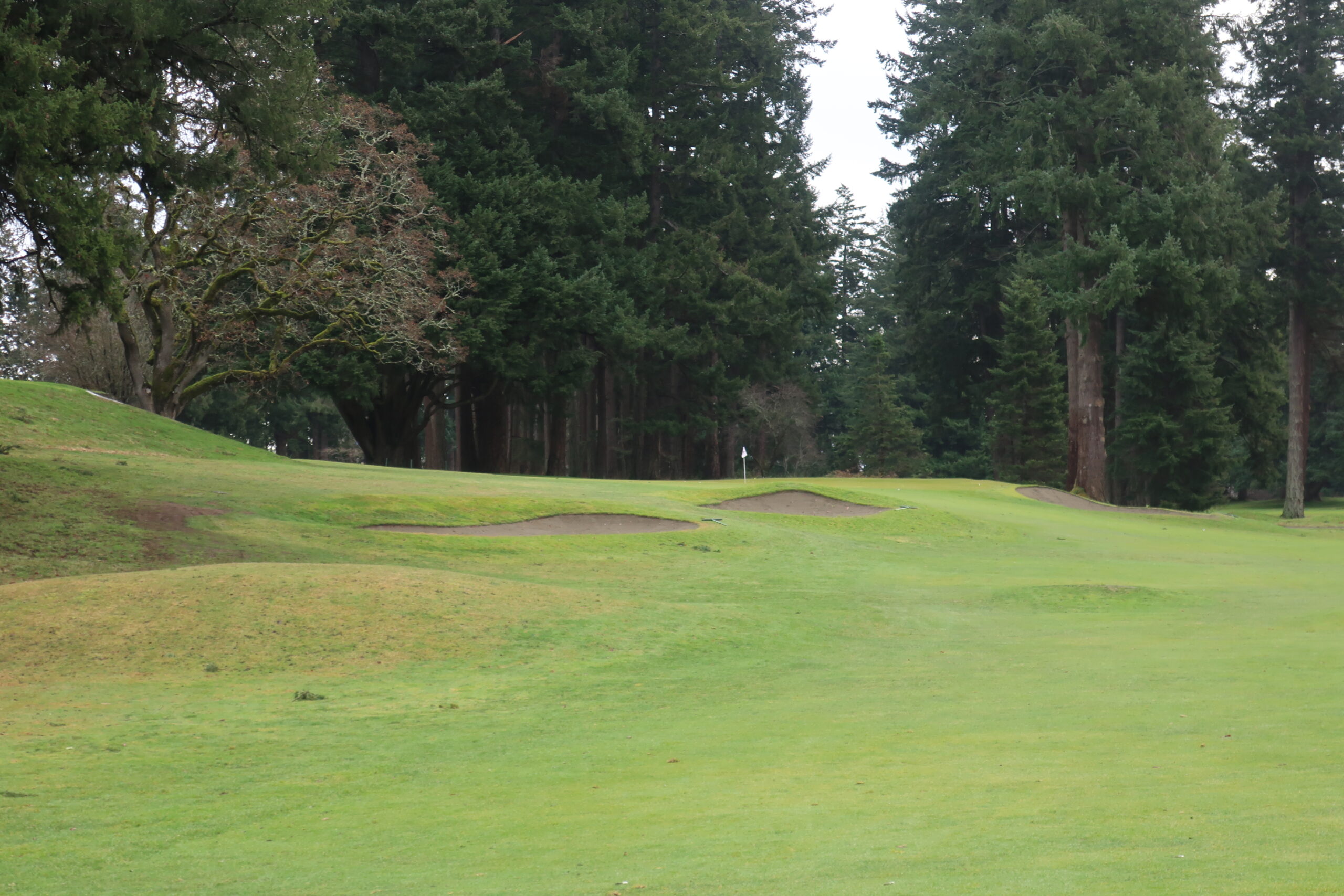
Royal Colwood is different, though. It is a misconception that Royal Colwood is A.V. Macan’s first golf course; true, it was under construction first, but Qualicum Beach opened before Royal Colwood in 1913, while Colwood opened all eighteen holes in 1914. Nevertheless, Royal Colwood is perhaps the most authentic Macan original golf course in Canada. Fifteen of eighteen greens remain; while bunkering has somewhat changed, it is not beyond repair. Mowing lines are a little different, but not dramatically different. This is ingredient #1: authenticity to the original vision.
In no way a disrespect to Shaughnessy, a really neat golf course in Vancouver which will host the 2023 CP Women’s Open, Marine Drive, Kelowna, or any other Macan golf course. Rather, it is a celebration of Colwood’s inability to change, for better or worse. While clubs post World War Two and certainly in the 80s & 90s played a game of “keeping up with the Jones” with their neighbour club, reciprocal club, new course down the street, or further trying to prove they can host an event, Royal Colwood hung tight, maintained its course, and chilled out. It avoided the urge to keep up. While others got worse hiring architects unfit to renovate their classic courses, Royal Colwood continued to thrive off its authenticty to Macan’s original vision.
Royal Colwood is perhaps the most authentic Macan original golf course in Canada. Fifteen of eighteen greens remain; while bunkering has somewhat changed, it is not beyond repair. Mowing lines are a little different, but not dramatically different.
I will not sit here and tell you it is perfect. In fact, old photos reveal a different story: exposed sand and wider playing corridors await those who take a trip to the past. But Colwood does deserve praise for not ripping up their greens or their surroundings to chase some imaginary standard set by Les Furber (in the west, at least), “beautification programs”, and past president’s hoping to put their stamp on the golf course they call home. Is Wayne Carleton, the club’s current consulting architect, the architect to restore such features? I personally doubt it, especially when architects like Jeff Mingay, Keith Cutten, Andy Staples, Doak, Coore, Hanse, and many more talented industry leaders exist. But Credit where its due, Wayne Carleton’s work at the 2nd and 17th, restoring bunkers where Macan had them and restablishing bunker patterns, is a step in the right direction. Is the bunkering style exactly the same? Not particularly, they lack definition that Golden Age architects built with. But the “Secret Sauce” is a celebration article; there is time for criticism later.
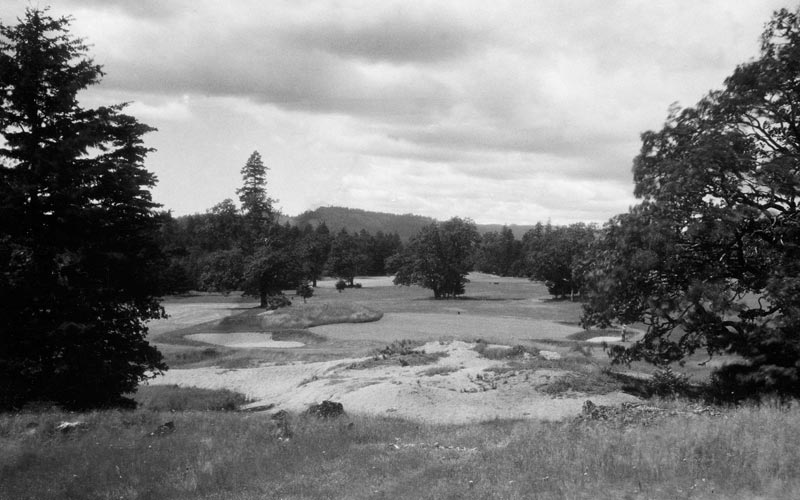
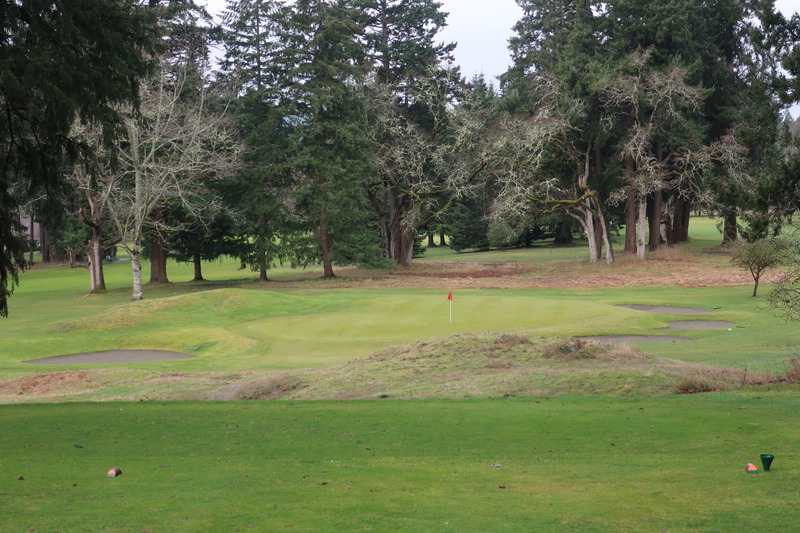
With all that said, what makes Royal Colwood itself? What makes it the 45th best golf course in Canada, according to Beyond The Contour, and dare I say, a little underrated? A couple of things, for starters. No highly ranked course is a one-trick pony.
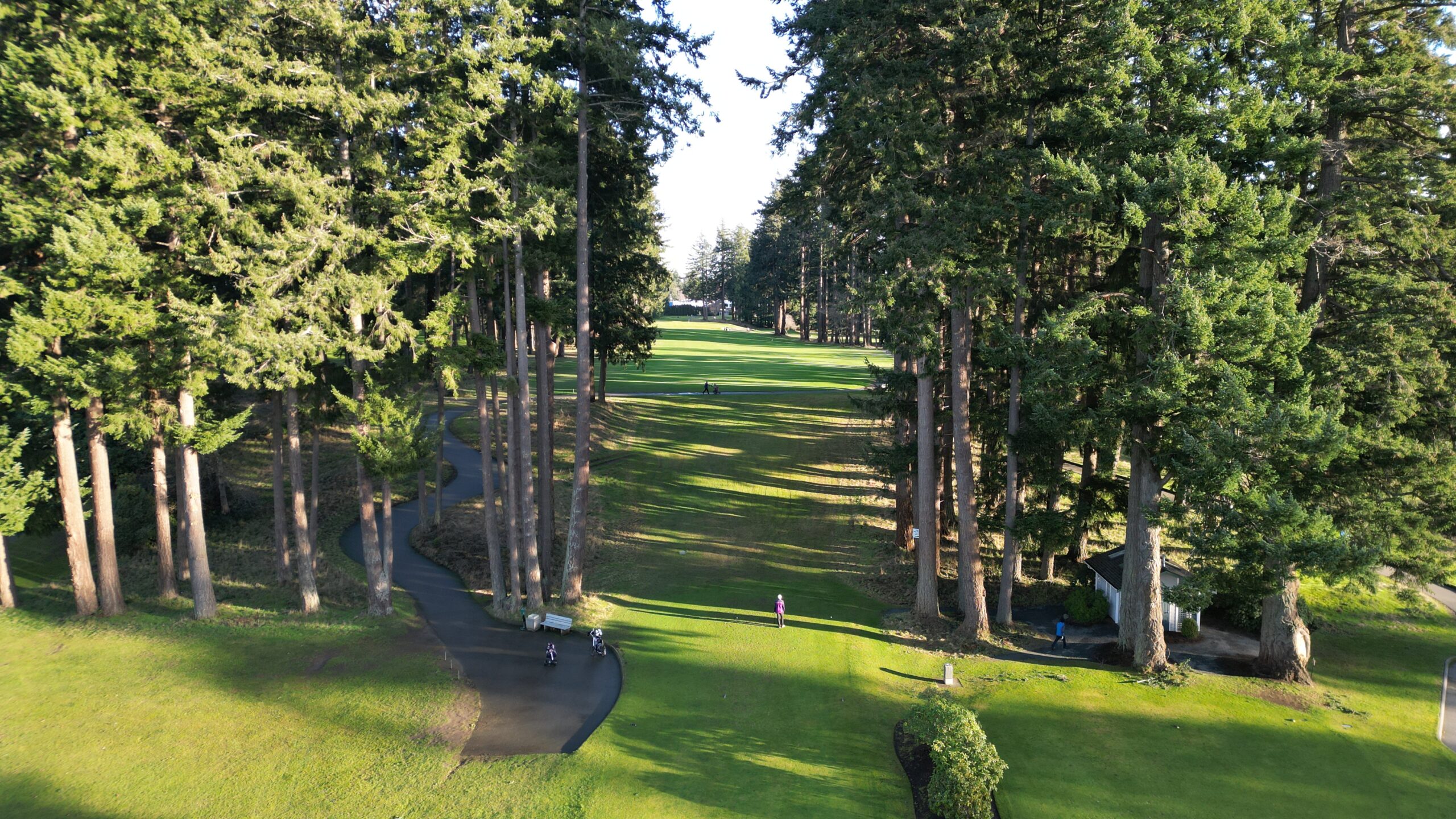
Macan’s reputation is built around the green complexes, which he himself mentioned he spent more time on than anywhere else. It should come as no surprise that his green complexes here are true works of art. Weird shapes provide unusual pin locations, further emphasized by some pretty intense contour and movement to articulate his vision. In fact, they might be some of the more extreme greens on a classic course I can think of; only Victoria can match the intensity on numerous holes like the 3rd and the 7th, and only Calgary west of Ontario competes on a 1-18 discussion. Interestingly, I have always felt Macan’s most closely compared to Donald Ross, who also put emphasis on his greens. At Richmond, Macan also employed the pushed up greens Ross has somewhat incorrectly become known for, courtesy of Pinehurst No. 2 and others. At Colwood, the similarities to No. 2 are certainly obvious. Many of the green complexes are tucked on an angle adjacent to the fairway, further complicating the proper angle into greens by making it either the far outside edge of the fairway on what most would not call a dogleg, or the inside edge, but it would be one or the other, and never either. At No. 2, this is employed at the 3rd, 11th, and 18th; at Colwood, a similar fashion can be found at the 3rd over a stream, the 6th into the hillside and pure brilliance, and the 9th, seen below. This takes what many, including myself, would consider a straight hole, and ever-so-slightly makes it a dogleg.
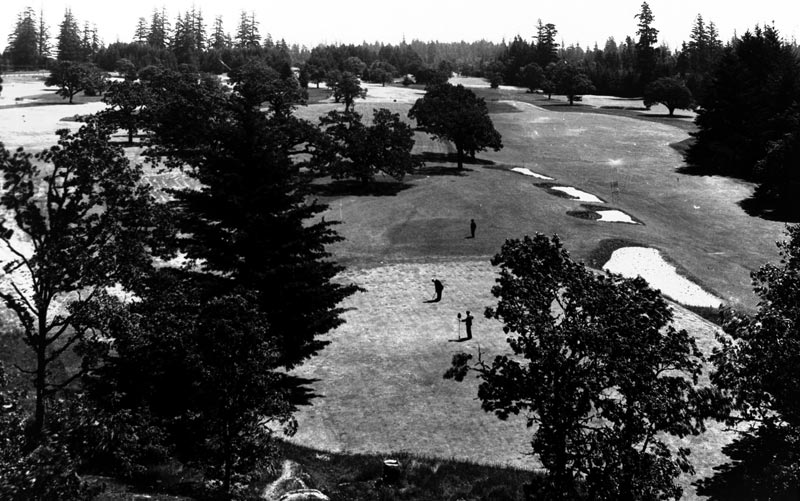
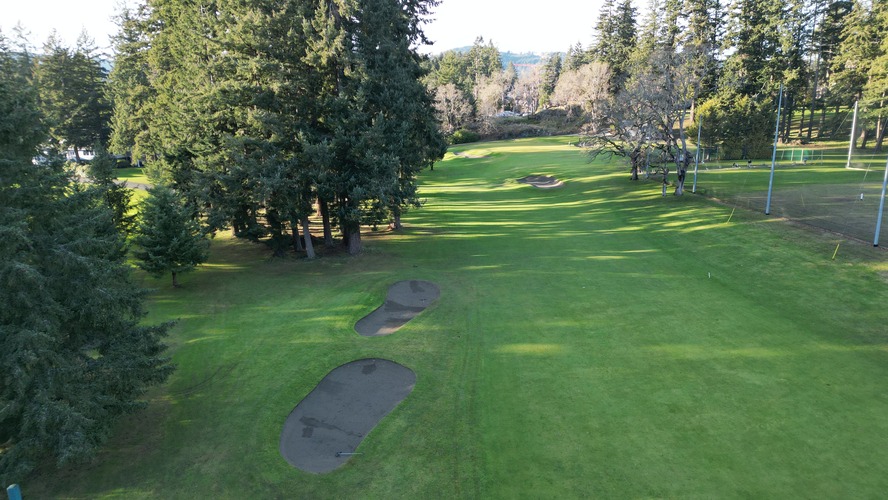
Finding green complexes might be the most complicated part of golf architecture, at least in the golden age when they had to drain organically, and Macan’s brilliance took care of that. The surfaces themselves are full of interest as well, and warrant a further point of study. On holes like the 1st, 12th, and 13th, a massively tilted green to either the front left (1st), front right (12th), or the front (13th) provide a nervy test for those who go long, and a borderline impossible task to get close during peak season. On the other side of the coin, greens like the 5th, 8th, and 15th provide such a random outlook on contouring that one would need hundreds of rounds to figure them out. The variety is first-rate, and pure class; in that regard, Royal Colwood is Canada’s Pinehurst No. 2 in how much the green complexes propel the golf course to stardom, and how much I want a repeat crack at them to figure them out more. I am not sure twenty rounds here would answer my questions, let alone two—a great thing for those who value longevity and something that grows stronger with more visits. Perhaps a key ingredient in Colwood’s secret sauce—like mayo to mustard in a Big Mac sauce—is the (gasp) trees, which pre-dates the golf course by some 300 years. Massive, towering Douglas Firs stand tall over the fairways, often crowding landing zones is unique and rather cool in Canada’s Top 100. For those who know me, I am very loudly anti-tree. Do they belong on golf courses? Yes. Have US golf courses gone too far in their tree clearing efforts (a discussion for another day)? Also yes. Does Canada still have a tree problem? Undoubtedly. But at Royal Colwood, they are intertwined with the DNA of the golf course. That is not to say there are not trees that need to come out. There is still some tree clearing efforts needed to properly have Colwood presented to the best of its ability, mostly anything that is not a Douglar Fir or the protected moss tree found on the golf course (which I am blanking on the name as I type this up). There is something special about playing through the massive trees, providing perspective on your size and further contextualizing nature’s beauty and power, in a setting intertwined with golf from one of the country’s best architects. To remove Colwood’s trees would be like removing Stanley Thompson’s fingered bunkers from Banff or Jasper or Kawartha. Are they a pain to maintain? Likely. Are they a part of what makes these facilities great? Yes. At Colwood’s the massive Douglas Firs provide an authentic, West Coast experience in a way that is mandatory to maintain, keep, and preserve. They give the course an identity, and it is more than okay when natural features like them have long been on this property before golf.
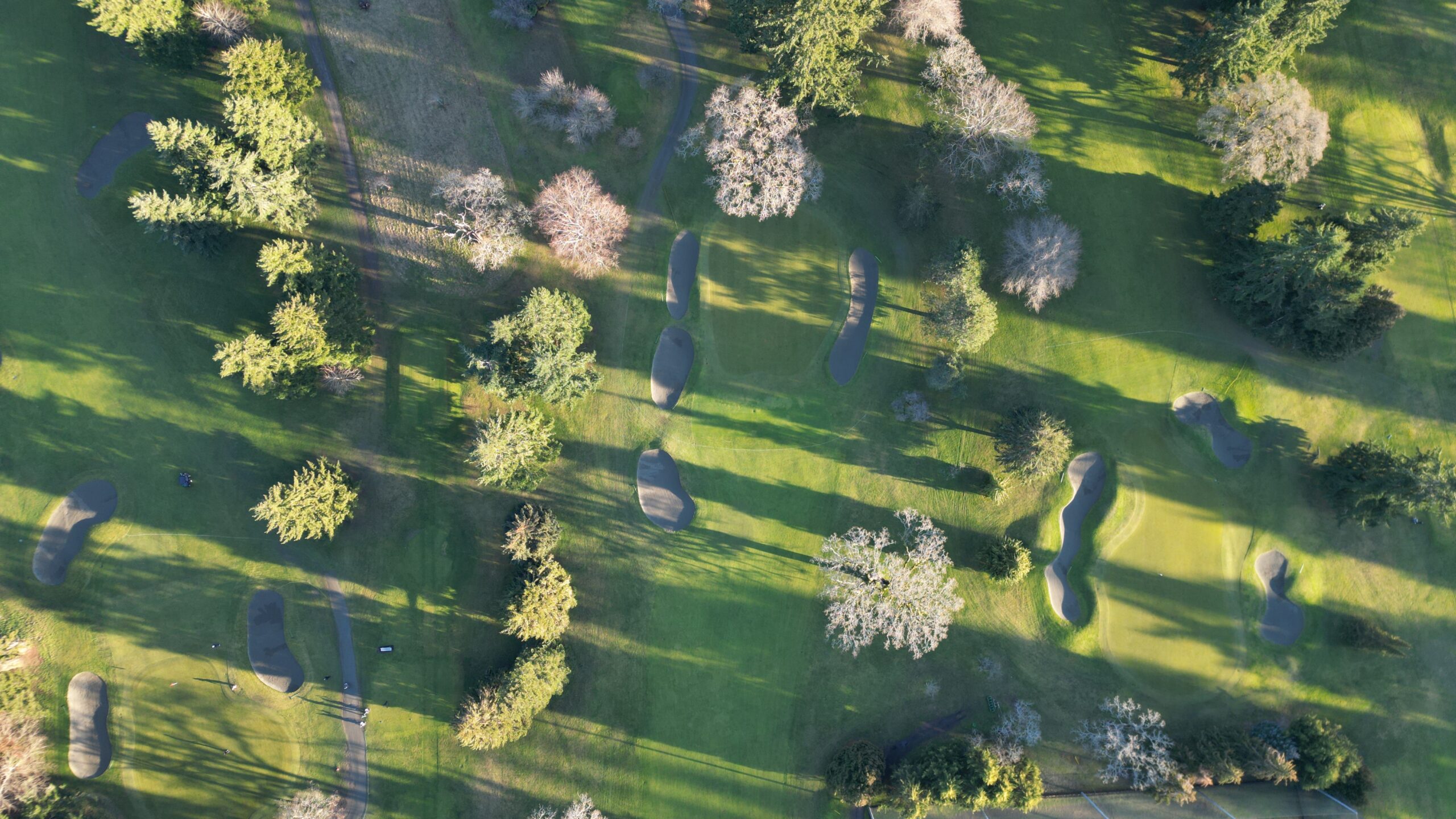
Truthfully, I left Royal Colwood very impressed, and comfortably willing to vouch for it being underrated, even by this website’s own panel. Even so, I think criticisms are valid. If someone does not like Colwood as much as I, they likely see value in its presentation, which is very low-key and lacking the “pop” that places like St. George’s, Victoria, Cherry Hill and other classic golf courses have restored in recent years. There is work to be done, and apparently, “renovation” is not a friendly word at Colwood (they need to embrace it and restore the golf course, leave “polish the gem” in the dust!). At its current state, Royal Colwood sneaks into my Top 30, comfortably alongside places like Wolf Creek (Links), St. Thomas, Summit, Waskesiu, and Rosedale. With a bit of work, who knows? I could see it being comfortably into that next tier; the one below the obvious top 10 golf courses in Canada (Cabot two, Thompson Five, Colt two, and Sagebrush). If restored, there is a very real discussion about Colwood being included in that Victoria, Blackhawk, Mount Bruno, Goodwood tier in the high teens; the best of the rest. Nevertheless, Royal Colwood is a truly special place to play golf. Navigating A.V. Macan’s stunning green complexes, beautifully situated among the beautiful trees over a gently rolling terrain, is some of the most fun golfers can have in Canada, let alone the west. I came in expecting a good golf course; I left with a newfound love for an old school classic. A love affair with Royal Colwood is the perfect way to start 2023, and something I am extremely fortunate to stumble upon. Victoria’s Secret, per se, is one of the best days in Canadian golf.









